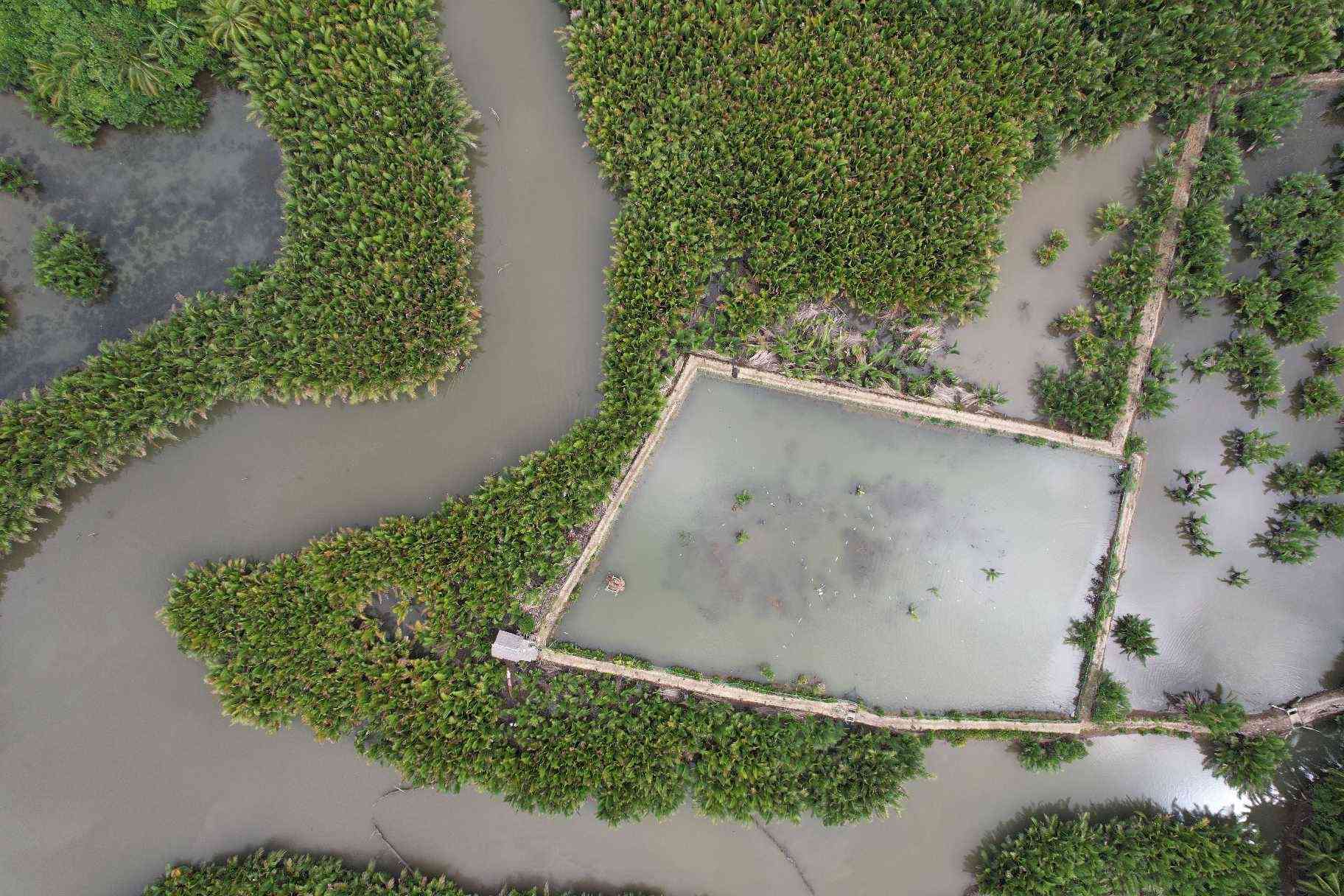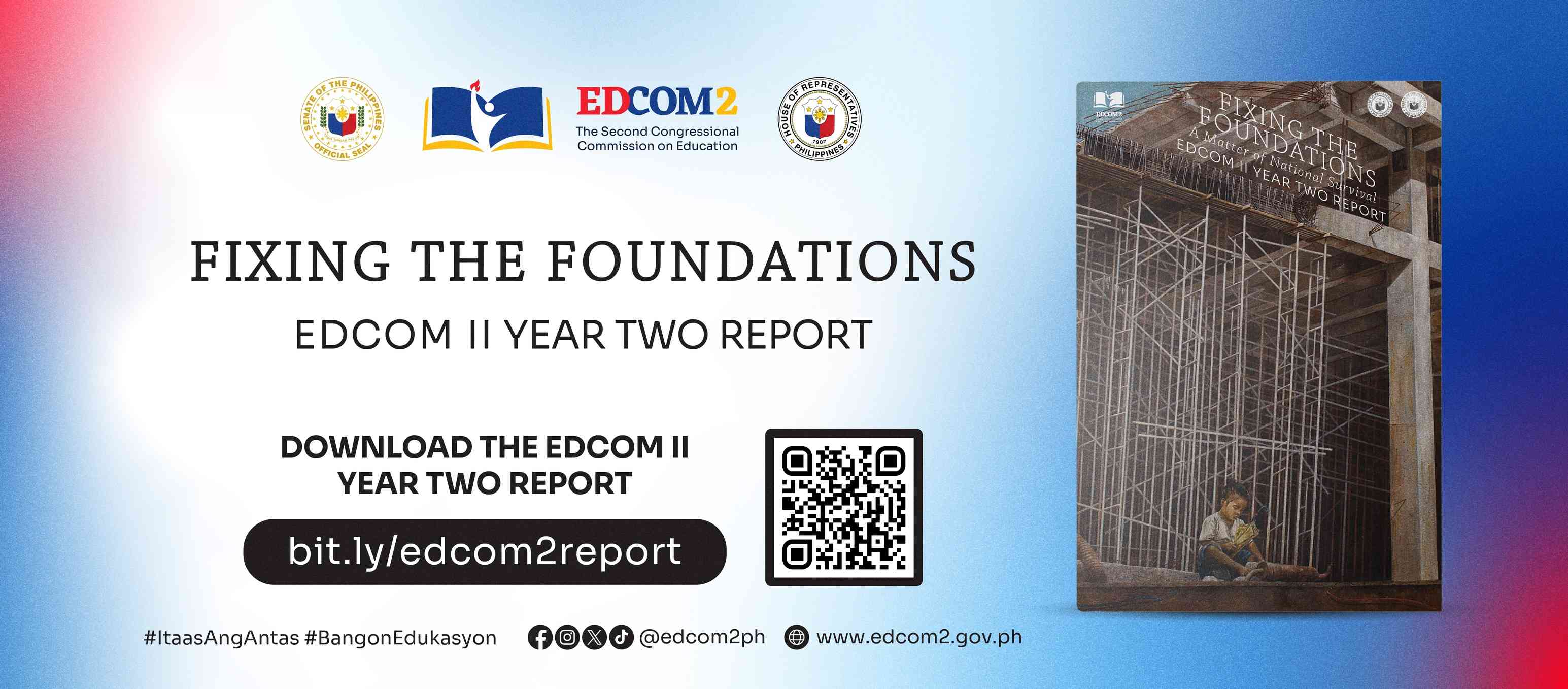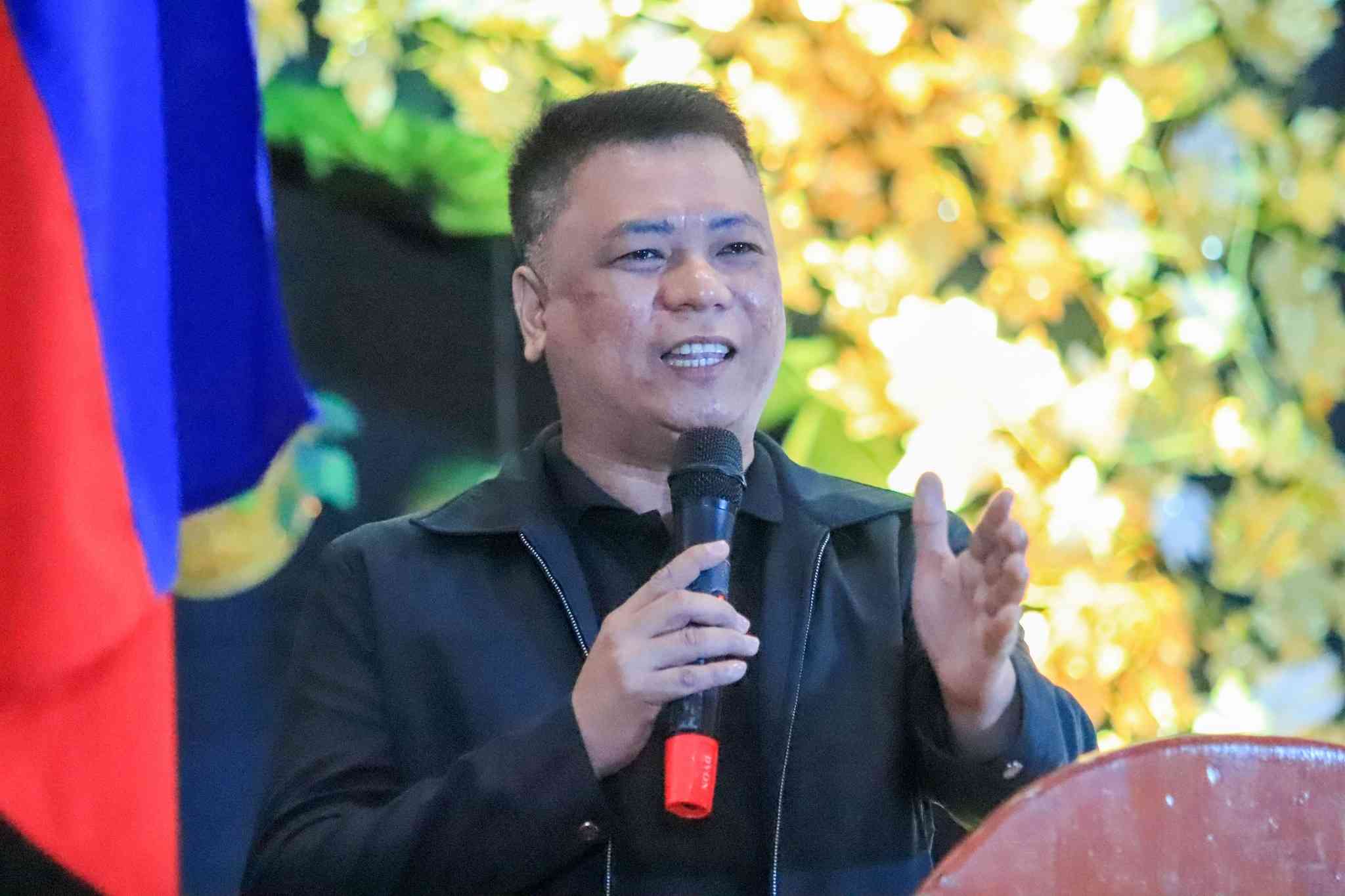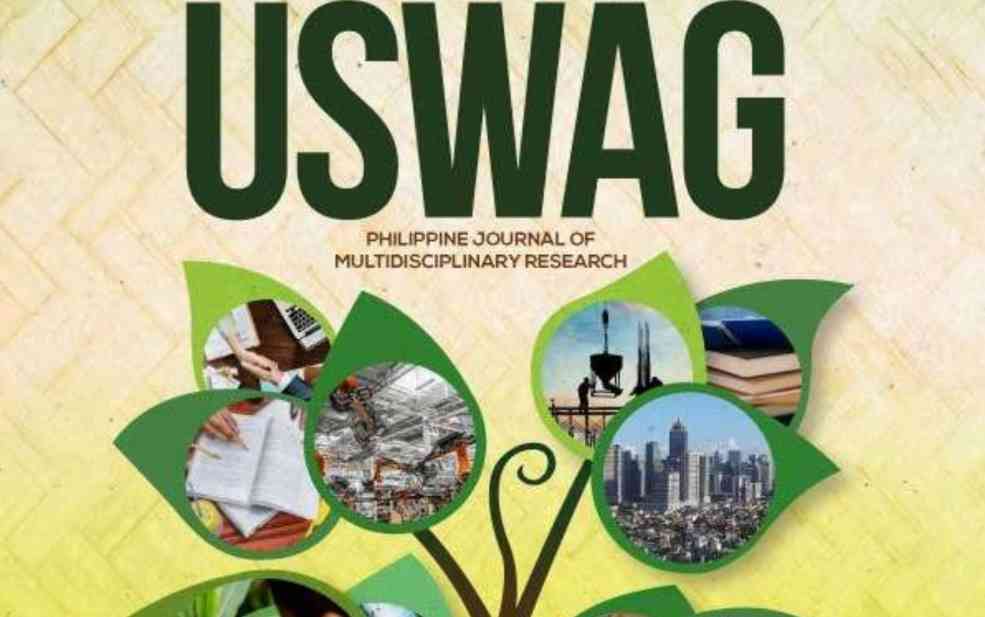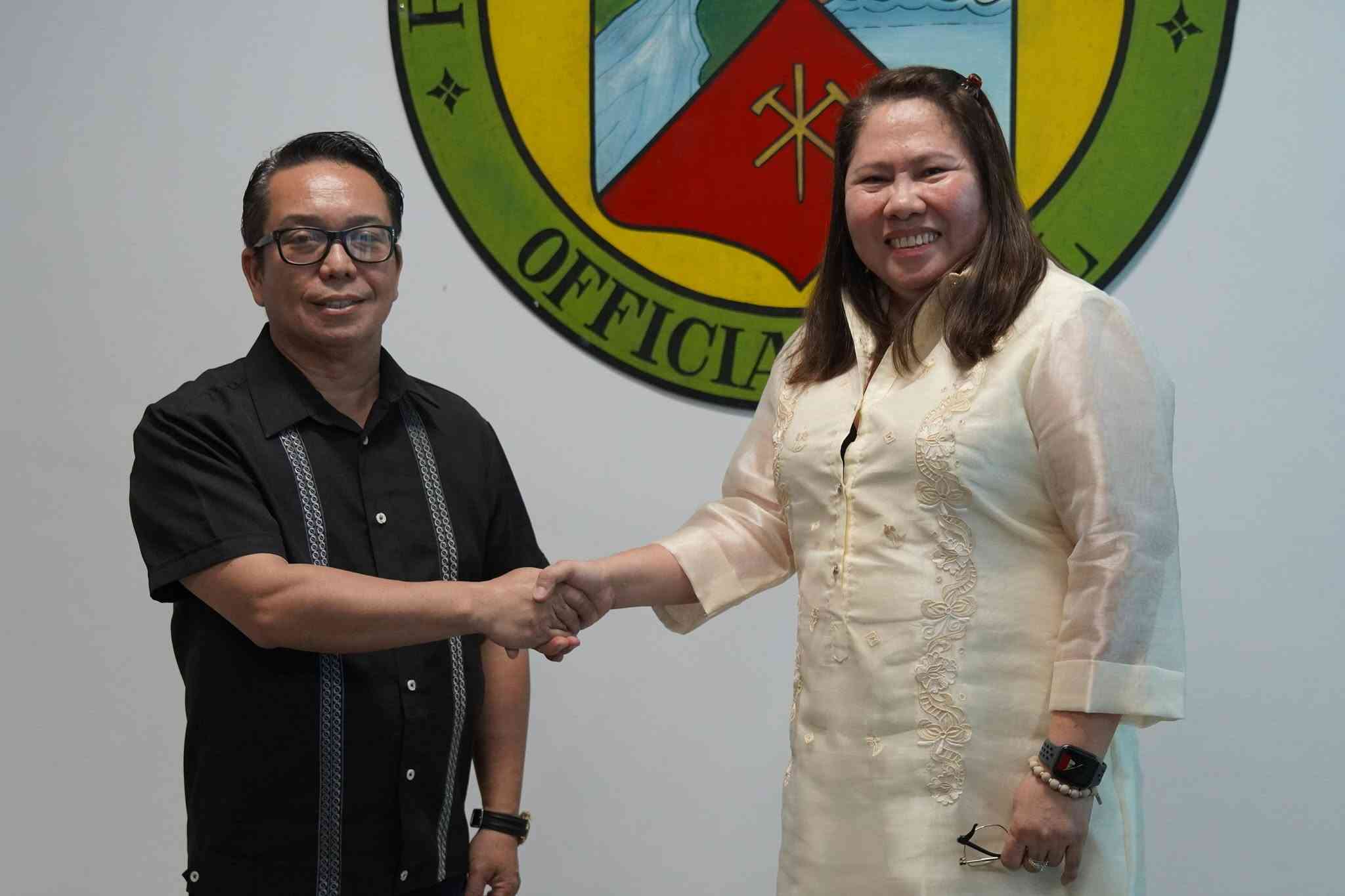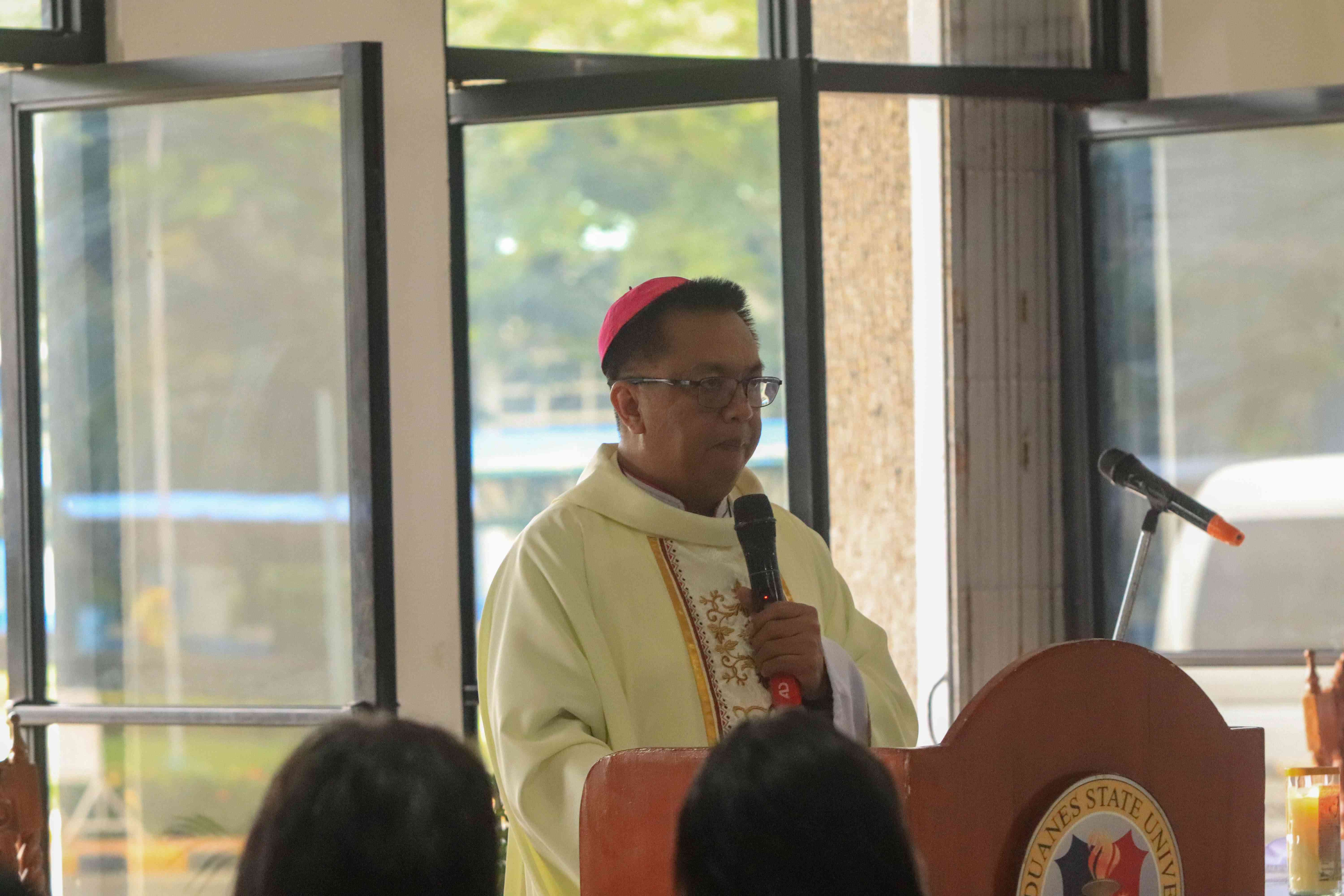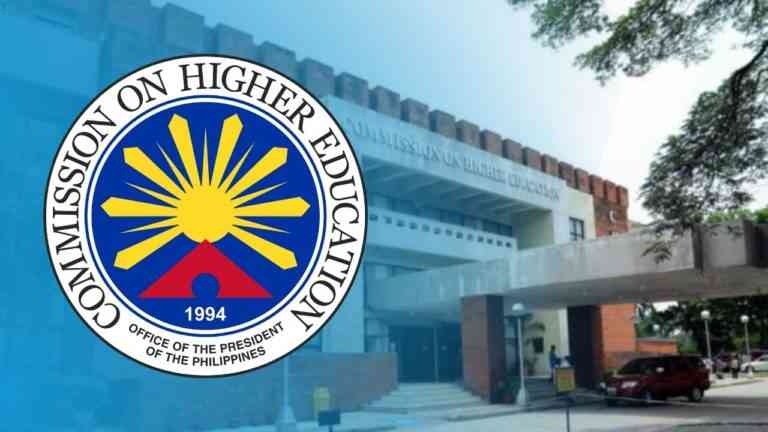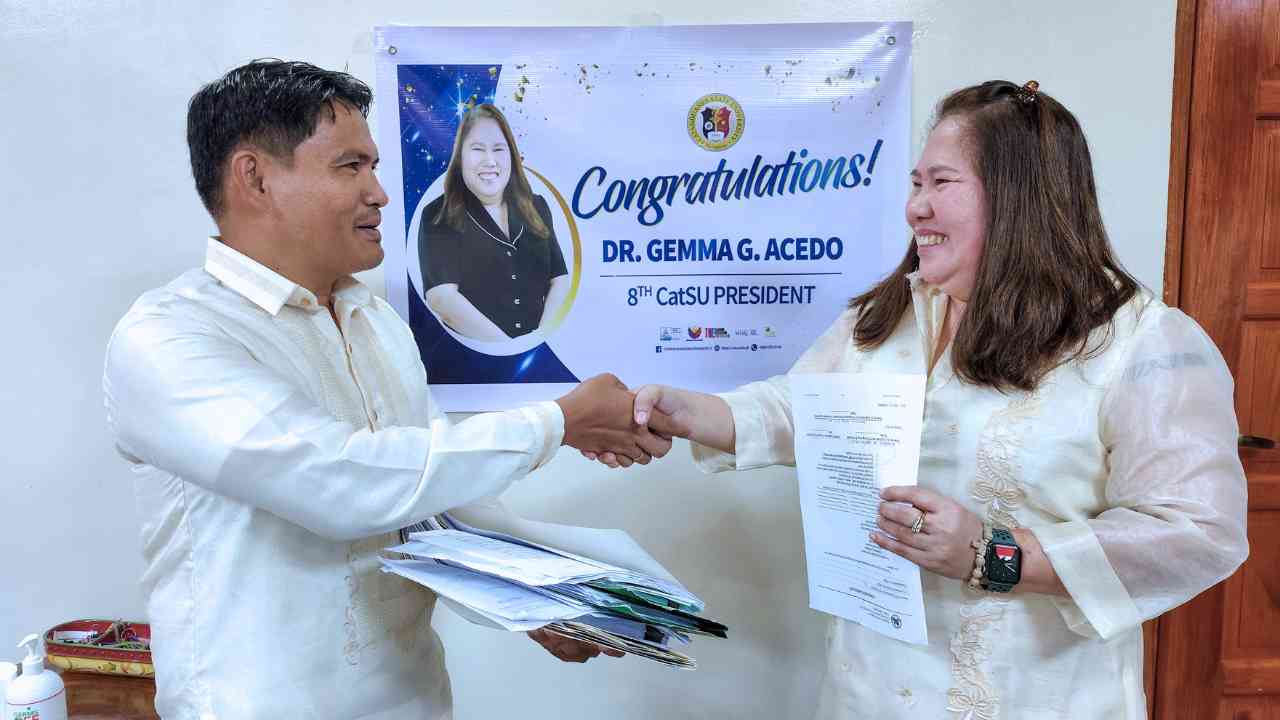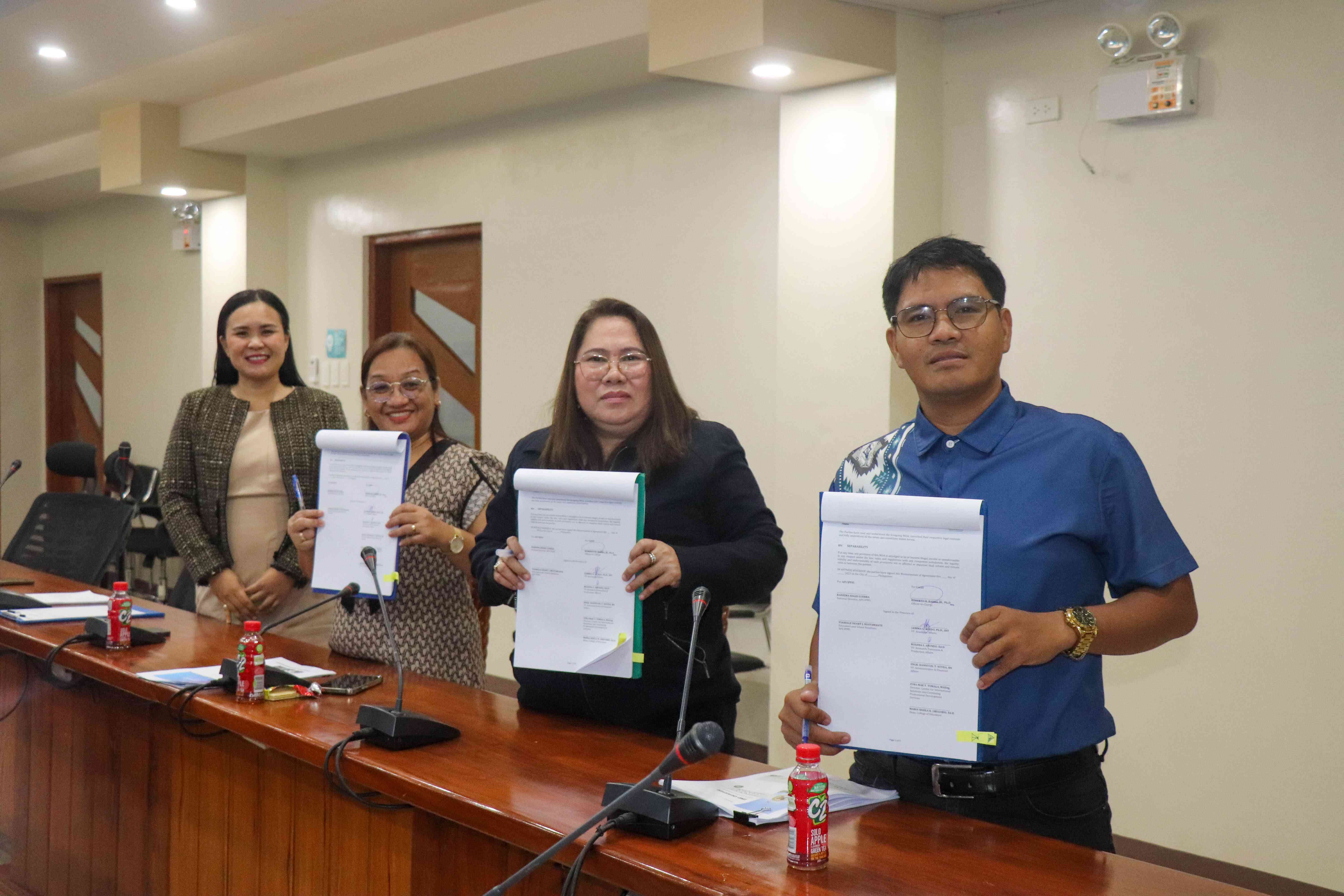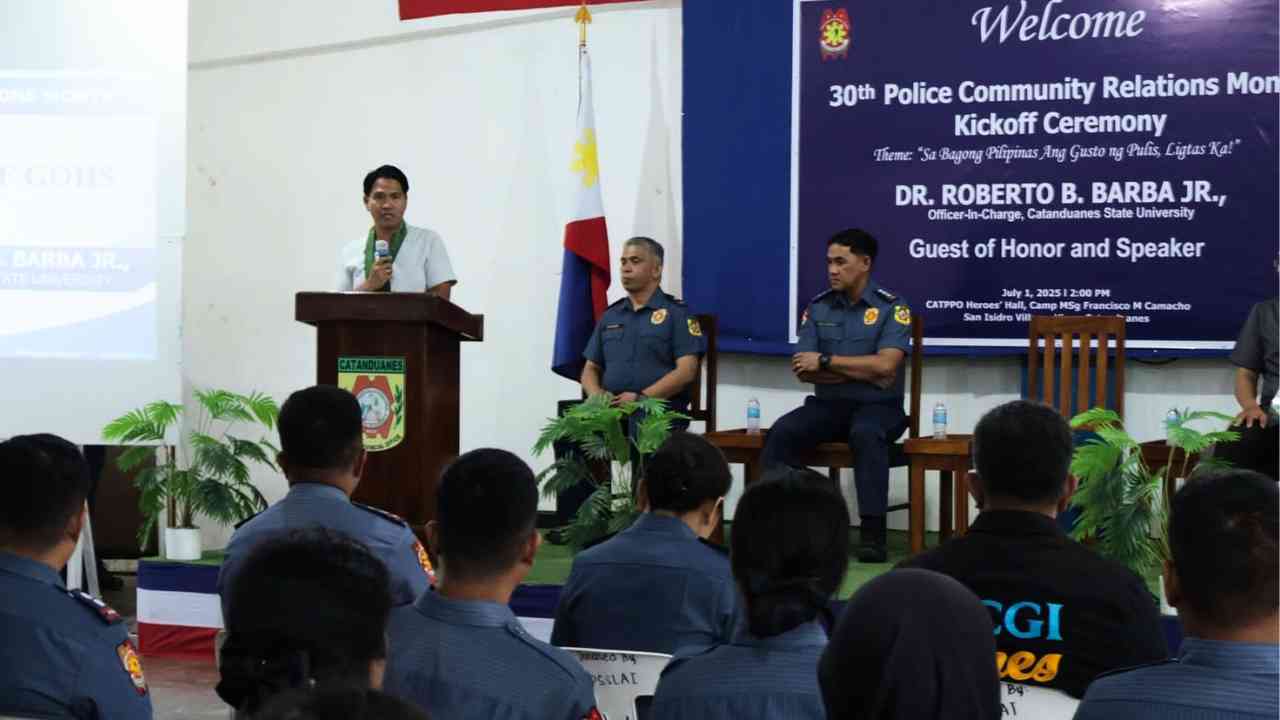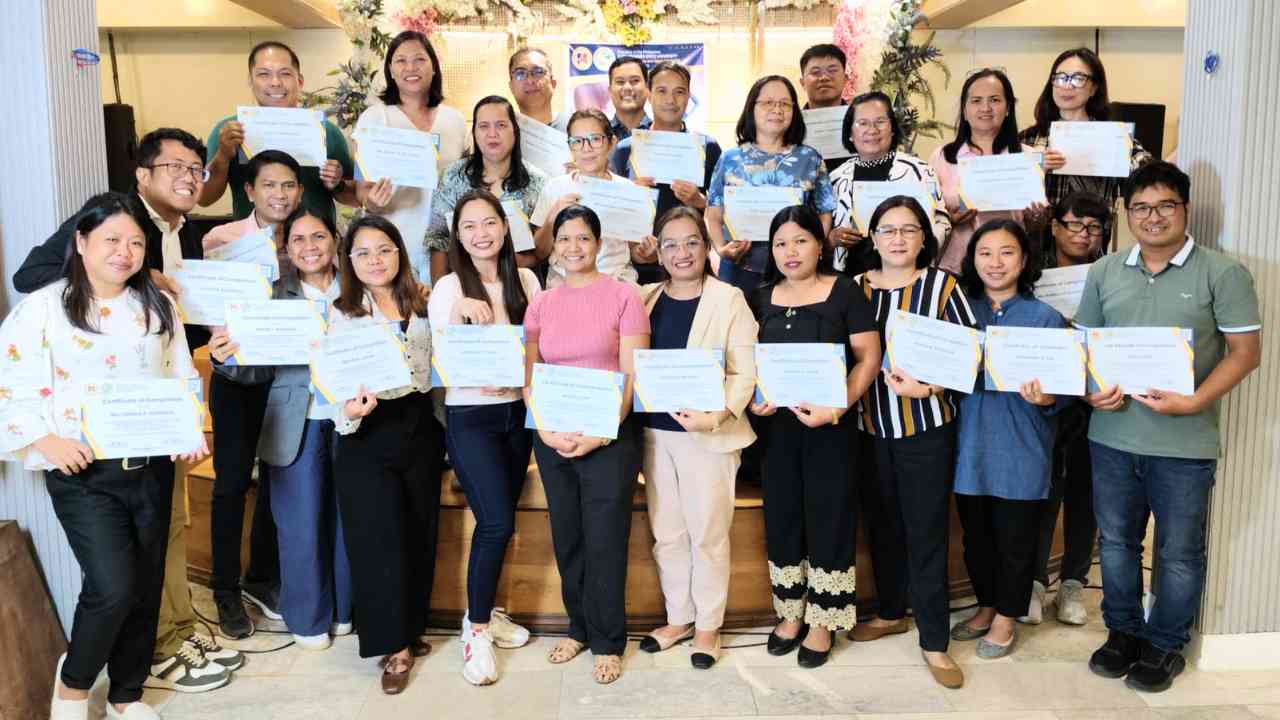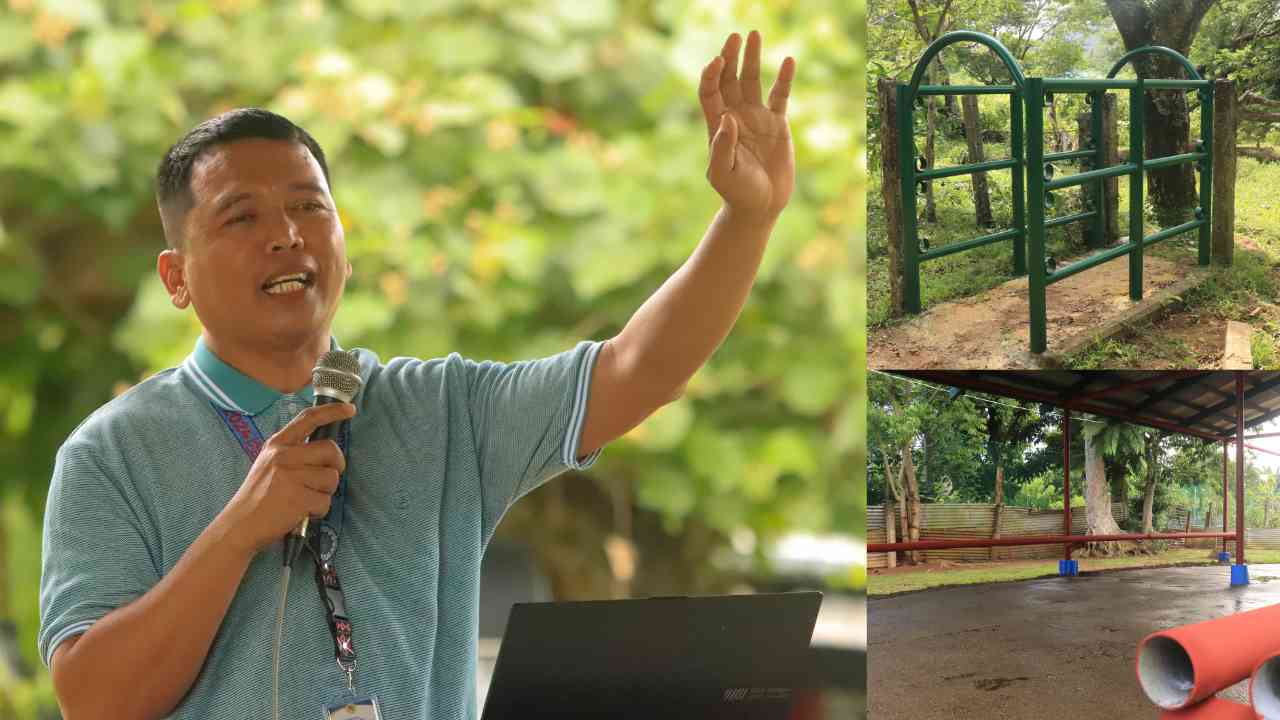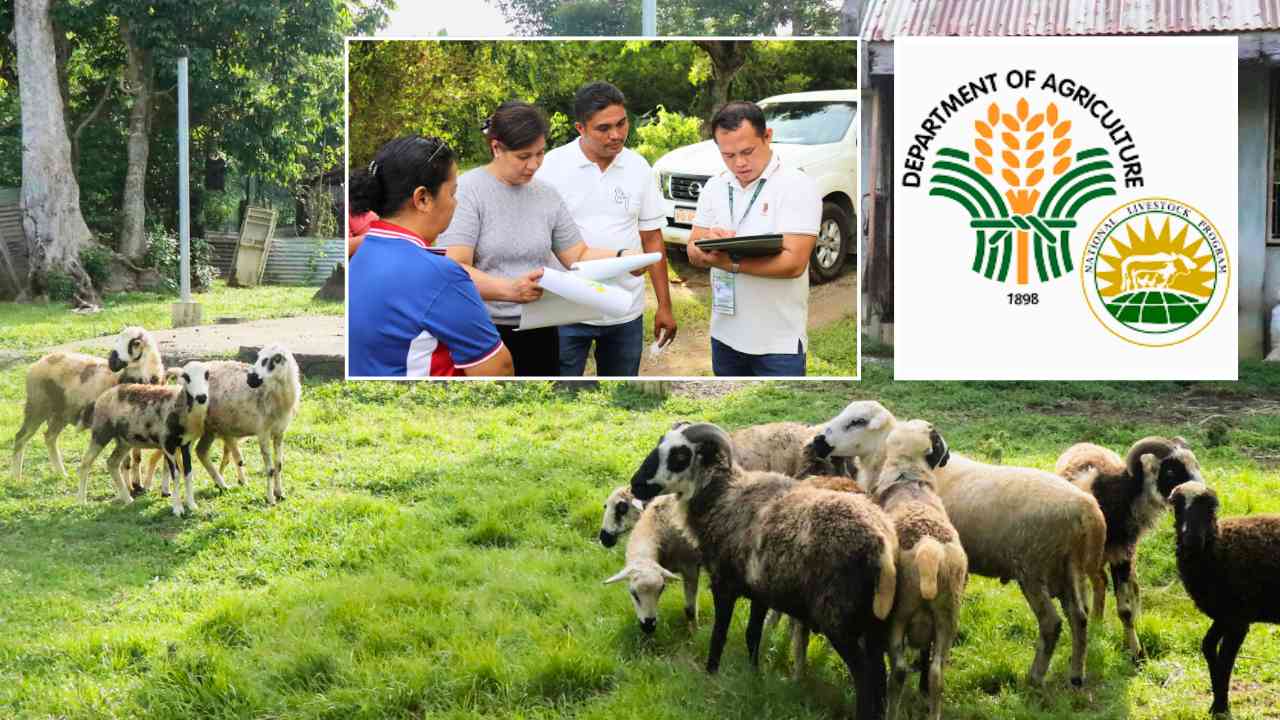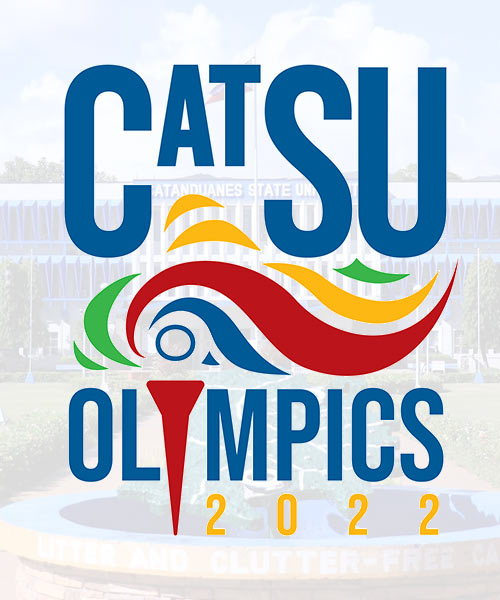Rooted in Resilience: How ACE-HEMS and HELP.NGO are Turning the Tides for Catanduanes’ Coastlines
Extensionn Catanduanes, where the coastline tells stories of both abundance and adversity, a quiet revolution is underway—one shaped not by storms, but by the steady, purposeful work of a community coming together to reclaim its future. At the center of this movement is a powerful partnership between Catanduanes State University’s ACE-HEMS program—Academe for Community Empowerment through Holistic and Ecosystem-based Approach for Mangrove Crab Sustainability—and the international humanitarian tech organization, HELP.NGO. What began as a university-based initiative has grown into something far-reaching and deeply rooted in community action. Using drones, open-access digital maps, and on-the-ground engagement, this partnership is redefining how research translates into resilience. For coastal communities facing the harsh realities of climate change, it's not just about reacting to disasters—it's about preparing for the future, informed by data, guided by science, and anchored in local knowledge. Thanks to drone-generated images and digital mapping, researchers, fisherfolk, and local leaders are seeing their environment with new clarity. Areas once left undocumented—mangrove patches, erosion-prone zones, crab habitats—are now carefully charted and studied. These tools have empowered a series of research breakthroughs, from integrated aquaculture systems that replicate natural ecosystems, to conservation efforts that highlight rare marine species like the lamp shell Lingula unguis or “ugpang.” In Pandan, one of the island’s northern municipalities, these innovations have gone a step further—supporting the local government's proposals for funding under the People Survival Fund. With the backing of ACE-HEMS’ drone data and HELP.NGO’s technical assistance, the community was able to present evidence-based plans to national agencies, bringing them one step closer to climate-adaptive infrastructure and livelihoods. But at the heart of all these efforts is a concept that’s becoming something of a rallying cry in Catanduanes: Mangrovization. Coined in the terminal report of the ACE-HEMS program, Mangrovization goes beyond environmental jargon. It represents a holistic, science-grounded, and community-driven strategy for protecting and restoring mangrove ecosystems. It’s a response to deforestation, biodiversity loss, sea-level rise, and other climate-related threats—but it also speaks to something more profound: a way of empowering coastal communities to co-manage their ecosystems and participate meaningfully in decisions that shape their future. It’s a model that thrives on collaboration. Academic institutions, people’s organizations, fisherfolk associations, and local governments come together to not only plant mangroves, but to build a deeper relationship with the land and water that sustains them. Mangrovization draws insight from political ecology and the theory of social representations, offering a framework where community perception and scientific understanding intersect. The results have not gone unnoticed. At the 2024 UN Ocean Decade Conference in Barcelona, ACE-HEMS earned international attention. Supported by HELP.NGO and represented by the Cabuyoan Fisherfolk Association led by Mr. Joey Fernandez, the CatSU team presented their work on mangrove crab sustainability—showcasing how technology and community leadership can come together in service of a shared goal. Their message was simple but powerful: resilience is possible when communities are equipped, informed, and heard. Looking ahead, the partnership is preparing for its next phase. Under the CHED-funded SURMABIOCON project, findings and protocols from ACE-HEMS and Mangrovization will guide new climate adaptation efforts in Pandan and beyond. Meanwhile, upcoming CatSU-led research will delve into regenerative tourism, sustainable seafood practices, and food innovation centered on local crops like breadfruit and root vegetables. HELP.NGO has committed to continuing its technical support for these faculty-driven initiatives. All of this underscores a fundamental shift. In Catanduanes, climate resilience is no longer just about bracing for the next storm. It’s about building systems that last—ecological, social, and institutional. It’s about seeing mangroves not just as buffers, but as bridges between science and society.
